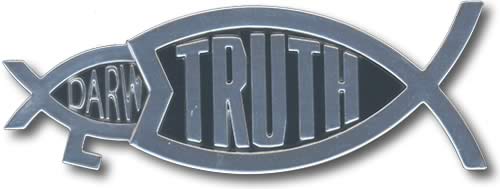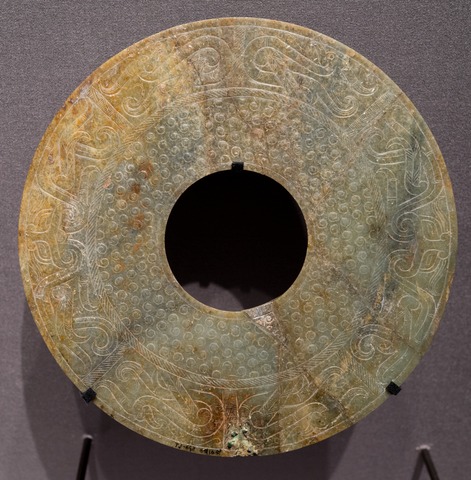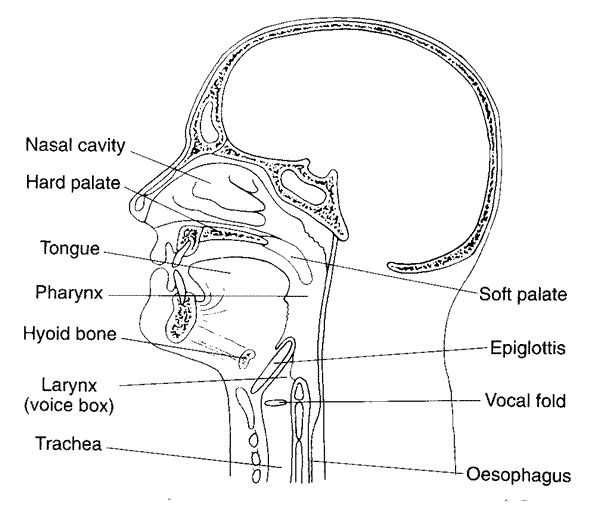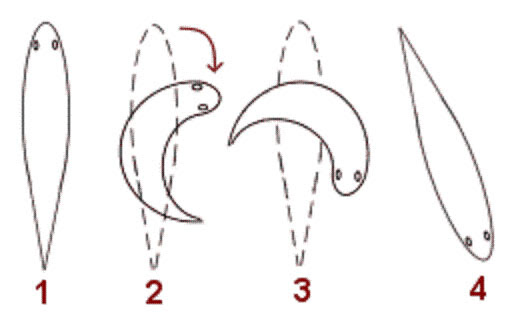If I were to say the words Darwin, Evolution, Religion, and Creation in one sentence, you probably think you already know how it will go. The religious controversy surrounding Charle Darwin’s theory of evolution by natural selection as laid out in his On the Origin of Species is an old one, championed in our time by such biologists and philosophers as Richard Dawkins and Daniel Dennett. The argument is so well-known and ingrained in our culture, that the phrases Darwinian and Creationist are often juxtaposed such as to suggest that Darwin himself, while laying out his theory, had it in mind to use science and a mechanistic world-view to destroy the the idea that our world and the creatures in it were designed and created by an intelligent God.
Click to read on…
At historical Chinese dig sites, archaeologists find a great number of peculiar artifacts. One artifact in particular, known as bi disks, appear at face value to be flat, plate-like stones made of jade (and sometimes glass) with ornate carvings of dragons, beasts and images of the sky. The exact function of such disks is unknown but interested parties (anthropologists, sociologists and the like…) are immersed in how these objects have transmitted ideas and beliefs over time.
Click to read on…
This quarter, I’m taking an excitingly titled course called “The Public and Private Lives of Insects.” The focus of the course is on the interactions between humans and insects (how they shape our economy and agricultural practices), but to begin, we discussed what exactly an insect is. I had always thought that insects were all of the tiny creatures that one finds crawling in the dirt, climbing up trees, or buzzing around your picnic table, but it turns out that the scientific classification of what constitutes a member of the class Insecta is very specific.
Click to read on…
The scientific discovery of stress as a physiological mechanism is a humorous but intriguing tale. Hans Selye, a budding endocrinologist in the 1930s, had been pursuing hormonal communication in the body as a means to begin his career in research. His opportunity arose when one of his colleagues, a biochemist, gave Selye an extract from an ovary to determine what purpose it served for the body. So, Selye injected his lab rats with the ovarian extract daily for a number of months. His results indicated that the extract had created peptic ulcers, enlarged the adrenal glands and shrunk the immune system’s tissues. Selye knew that he was on to something at this point, however he still needed to run a control group. Injected with mere saline solution instead of the ovarian extract, Selye returned to his rats for results. Remarkably, even with the control saline solution, the control rats still had the same peptic ulcers, enlarged adrenal glands and diminished immune system tissues.
Click to read on…
I was just reminded this week of how amazing our ability to produce language is. If you judge by the number of times in your life you have heard the expression „think before you speak!“, you would come to the conclusion that not many people do this. Even fewer, then, think about how they speak before they do, and that is what I would like to bring your attention to this week. Human speech, while astoundingly complex in terms of what it can be used for (proclamations of love, ordering cheeseburgers, or declaring nuclear war), is pretty simple in terms of how it produced.
Click to read on…
I wonder if ant researchers wished they had giant ants to study. Because it would definitely alleviate the back pain from crouching on the sidewalk with a magnifying glass (although giant ants would be extremely terrifying to have walking around). For neuroscientists, the Mauthner cell has somewhat been a “giant ant” for studying how neurons operate in fish and some amphibians. Luckily, I’ll get a chance to experiment with these cells in zebrafish over the summer so I found out some cool stuff about how they work earlier this week.
Click to read on…





